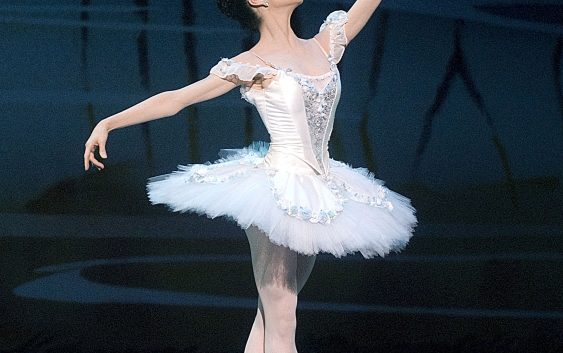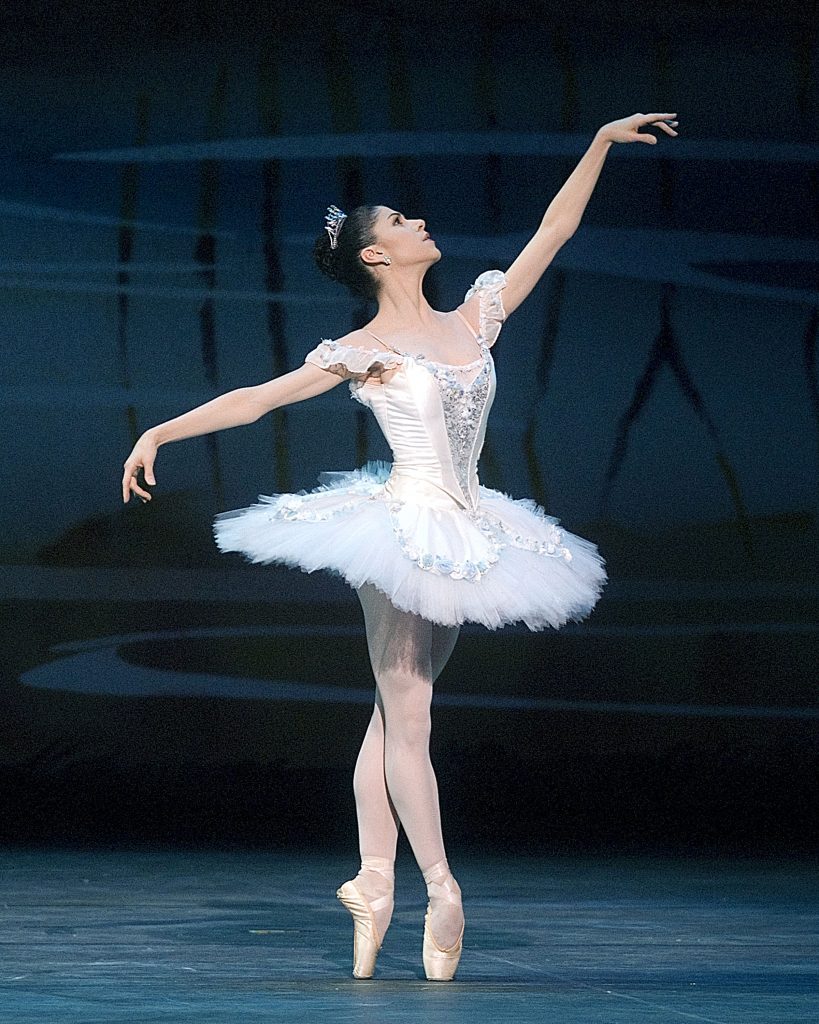Modernist Ballet


While Igor Stravinsky’s Firebird Suite may not be typically thought of as a traditional ballet, the traditional aspects of the Firebird Suite highlight the modernist elements of Stravinsky’s magnum opus, the Rite of Spring. While the pieces only premiered four years apart, Stravinsky’s attitude as an artist shifted immensely. Both pieces were intended to exploit a Western European fascination with Russian culture. In the Firebird Suite, Stravinsky attempted to display Russian folklore in a high art form that conformed to tonality and Western ballet standards, however in the Rite of Spring, Stravinsky attempted to convey Russian Folklore in a way that clashed with almost every Western standard of music and ballet. Stravinsky wanted to make a statement about the . The narratives of the two ballets also depicted very different aspects of the culture. Firebird depicts a classical Russian story about a bird that grants wishes, similar to Greco-Roman or German mythology, but the Rite of Spring highlights the savage, tribal aspect of Russian folk culture. The story has two acts. The first is revolves around two tribes interacting, and the second is about the sacrifice of one of the tribal girls. The differences were especially apparent in the composition, choreography and costume design.
While most of the Firebird Suite confirmed to the cultural standards of Europe during the late Romantic period, The Rite of Spring shattered every musical convention that Stravinsky could while still using a mostly standard Western orchestra. The piece starts out with a bassoon playing several octaves outside of its tessitura. While this sound is technically possible, it is almost never utilized, and if it is, it is never the main melody. A French horn then discordantly joins the bassoon, creating a thoroughly uncomfortable tension without the first twenty seconds of the piece. The rest of the piece continues with a very similar affect. The point of the piece as a whole is to create discomfort in the audience. Aside from a few motifs that are fleeting throughout the entire piece, Stravinsky keeps the audience in limbo by not only eschewing tonality, but also avoiding any musical forms (such as rondo or sonata form). Whether the audience is consciously aware of them or not, musical forms lay out the piece for the audience, so the audience at the very least knows a main theme will return. By forgoing the song forms, Stravinsky keeps ensures that the audience aware but unsure of what is going to happen next. Stravinsky also chose to make most of the piece arrhythmic. The audience disoriented at a macro level because they cannot rely on song forms and they are also disoriented at a micro level by avoiding stable rhythms. There was an atonal, arrhythmic section in Firebird however. Ultimately that section served as the inspiration for Petrushka, which in a lot of ways was a middle ground between Firebird and Rite of Spring, and The Rite of Spring itself.
The differences in choreography between Firebird and The Rite of Spring were even more shocking and appalling than the differences in composition. Firebird had traditional classical choreography. The story had definitive main characters, and those main characters were the dainty, graceful ballerinas typical of Western ballet. The motions were intended to emphasize beauty and humanity, a very classical approach. The Rite of Spring had a few distinct characters, however the focus was placed a collective cast of characters. Stravinsky rejected the individuality and grace that characterized Western ballet (and Firebird) for hundreds of years and replaced it with incredibly jerky, almost mechanical movements. One of the more striking differences between classical and Stravinsky’s modernist ballet is the shift in focus from the upper body to the lower body. In classical ballet, the main lower body is used as a means to draw attention to the upper body and to generate graceful, upward motion. Stravinsky completely shattered convention in the Rite of Spring by basing the choreography off of ancient Russian folk dances. He actually spent a few years researching long-extinct Russian folk music by visiting remote villages. He learned about the different folk instruments that were used, which served as the inspiration for his strange instrumentation choices and about the dances that would accompany the music. The dances had a lot of stomping and had no focus on the upper body, so the choreography was to be the same way. Even in the section in Firebird in which the composition and costume design become similar to their Rite of Spring counterparts, the choreography in Firebird is still very much classical. The evil spirit and his followers remain very poised and fluid in their dancing.
The costume design in the Rite of Spring was almost as shocking as the music and the choreography. In Firebird, both the Firebird herself and the main human character were dressed in incredibly typical, beautiful costumes. The costumes allowed the characters to display their physiques and all the subtle motions happening at once. The antagonist was dressed in a menacing but ornate costume that was definitely acceptable at the time. Even though the evil henchmen were dressed in similar costumes to the ones in The Rite of Spring, it was more acceptable for the antagonists to be wearing what would have been considered ghastly at the time, as they essentially represented Hell. In The Rite of Spring, everyone was wearing clothing that completely covered his or her body. This stopped the audience from being able to appreciate the gracefulness of the performer as a whole. The bulky costumes prevented the audience from being able to see the very subtle movements. Nobody could even tell which moving body was the star performer that he or she came to see because all the performers looked the same. Generally, Stravinsky avoided having a clear center of attention to further discomfort the audience. The fact that Stravinsky created the Firebird Suite less than four years before The Rite of Spring is the ultimate reason why The Rite of Spring was such a success. The Firebird also set up an expectation on Stravinsky’s further works. People loved Firebird, so they were very excited when they heard about Rite of Spring, because it has a similar premise. The result of this was one of the biggest riots to ever happen in a ballet theater. The rioting started before the second act even started. Half of the audience’s reaction was disgust and the other half was a shocking euphoria. Stravinsky left his mark as one of the greatest composers of the early 20th century. While the Rite of Spring may no longer incite riots when performed, it is still a very intense viewing experience. To this day, the piece is still shocking to an extent. While I personally have not seen it, almost everyone I have talked to who has seen it says that it was incredibly uncomfortable to sit through because of the tension created by dissonance.

